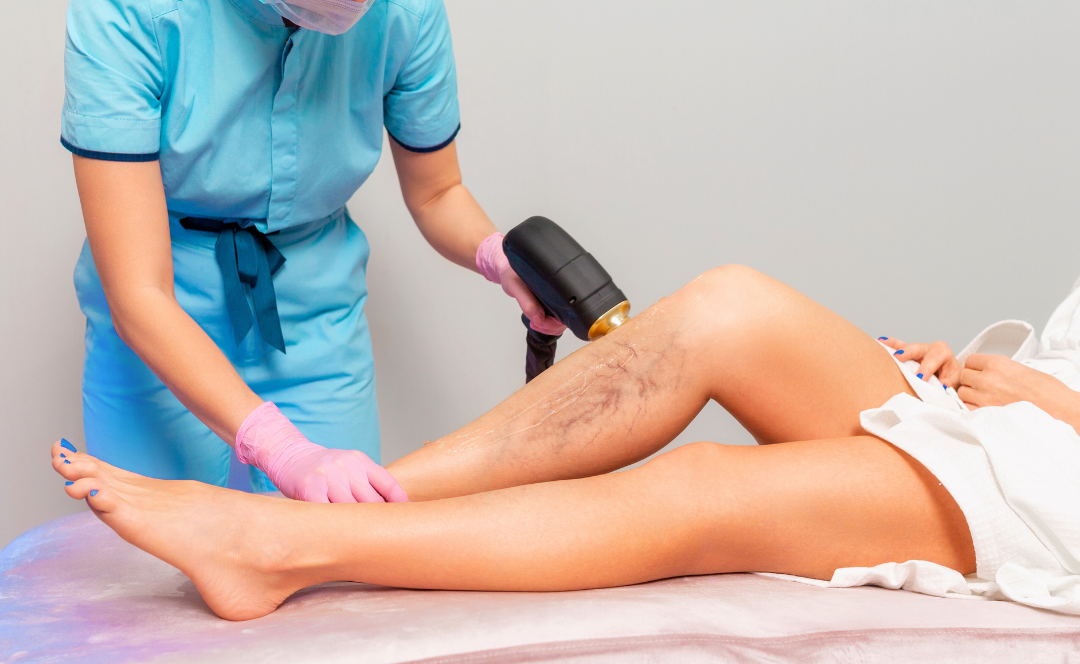What Is Prospero Vascular & Interventional?
Prospero Vascular & Interventional Transforms Vascular is a same‑day outpatient clinic founded by Dr. David Soto, a board‑certified, fellowship‑trained vascular and interventional radiologist with over 15 years of experience. He launched the practice to fill a regional gap in ambulatory interventional care. The clinic opened in Hayward in early 2024.
The philosophy: offer safe, effective, non‑surgical solutions that provide faster recovery, less discomfort, and care in a compassionate, patient‑centered outpatient environment.
Conditions Treated at Prospero
Prospero treats a broad spectrum of both vascular and non‑vascular conditions:
- Vascular issues: Peripheral Arterial Disease (PAD), venous diseases (varicose veins, spider veins, venous insufficiency), peripheral neuropathy.
- Non‑vascular issues: chronic knee pain, chronic shoulder pain, benign prostatic hyperplasia (BPH), hemorrhoids, uterine fibroids.
Because many of these conditions significantly affect comfort, mobility, and daily functioning, having access to minimally invasive interventions helps people regain freedom quickly.
Procedures Offered: Minimally Invasive, Image‑Guided, Same‑Day
Prospero provides many image‑guided, minimally invasive procedures. Some of the offerings include:
- Vascular interventions: angioplasty, vascular stenting, dialysis access, fistulogram
- Embolization procedures:
• Genicular Artery Embolization (GAE) for knee pain
• Hemorrhoidal Artery Embolization (HAE) — see Prospero’s HAE procedure here: Hemorrhoidal Artery Embolization (HAE)
• Prostate Artery Embolization (PAE) for BPH
• Uterine Artery or Fibroid Embolization (UAE/UFE) — see Uterine Fibroid Embolization (UFE) - Vein treatments: sclerotherapy, vein ablation, laser ablation, radiofrequency ablation (RFA)
- Other interventions: kyphoplasty, paracentesis, thoracentesis, port‑a‑cath placement
For example, if someone has uterine fibroids, Prospero offers procedures tailored to that condition; more on that here: Uterine Fibroids. For chronic knee pain, their GAE procedure may be an option; see Chronic Knee Pain to learn more.
Why Choose Minimally Invasive Treatments?
Minimally invasive procedures deliver many advantages over open surgery:
- Lower risk of complications (less bleeding, infection)
- Shorter recovery time and often same‑day discharge
- Less post‑procedure discomfort and quicker return to daily life
- Use of imaging guidance (ultrasound, fluoroscopy, CT) for precision
Many vascular specialists agree these are favorable for patient wellness. For instance, treatments for peripheral arterial disease (PAD) such as angioplasty and stenting restore blood flow with catheters rather than large incisions, allowing faster healing. Wexner Medical Center+1 Venous treatments like sclerotherapy or radiofrequency ablation help relieve symptoms, improve circulation, reduce swelling, often with minimal downtime. Vein Centre+1
How Prospero’s Approach Stands Out
- Patient‑centered care: warm, compassionate environment; same‑day treatments avoid hospital stays
- Expert leadership: Dr. Soto’s background in both hospital and outpatient settings ensures high standards and deep expertise
- Wide range of offerings: both vascular and non‑vascular conditions addressed under one roof
- Innovative treatments: keeping pace with modern interventional radiology techniques
Prospero also informs patients: see their page on innovative treatments to get a sense of what newer, less invasive options can do.
Who Can Benefit and When To Seek Help
If you have one or more of the following, consider consulting Prospero:
- Leg pain, cramping, or numbness when walking — possibly PAD
- Aching, heaviness, swelling, varicose veins, or visible vein issues — venous disease
- Chronic joint pain in knee or shoulder not responsive to medications or physical therapy
- Uterine fibroid symptoms: heavy bleeding, pelvic pain or pressure
- BPH symptoms: urinary urgency, frequency, slow stream
- Hemorrhoid symptoms: bleeding, pain, swelling
Early intervention often leads to better outcomes. Waiting too long can increase risks or make symptoms more severe.
Recovery & What to Expect
After treatment at Prospero:
- Most procedures are outpatient and same‑day; you go home the day of the procedure
- Discomfort is typically mild and managed with oral medications
- You may need light activity for a short time, use compression stockings or similar aids depending on the procedure
- Follow‑up includes imaging or clinic visits to ensure healing and address any issues
Because the clinic uses image‑guided, minimally invasive methods, recovery time is much shorter than invasive surgery.
Resources & Patient Education at Prospero
Prospero provides clear information on its website about the conditions and procedures they treat. These make it easier for patients to understand their options. Examples:
These help patients make informed decisions.
Summary: Move Better, Feel Better, Live Better
Prospero Vascular & Interventional aims to help you move better, feel better, and live better. Through advanced, minimally invasive treatments, compassionate care, and a focus on non‑surgical solutions, they offer real hope for many vascular and non‑vascular conditions. If you’re dealing with pain, circulation issues, fibroids, BPH, or venous problems, Prospero might be the place to find relief without the disruption of major surgery.



